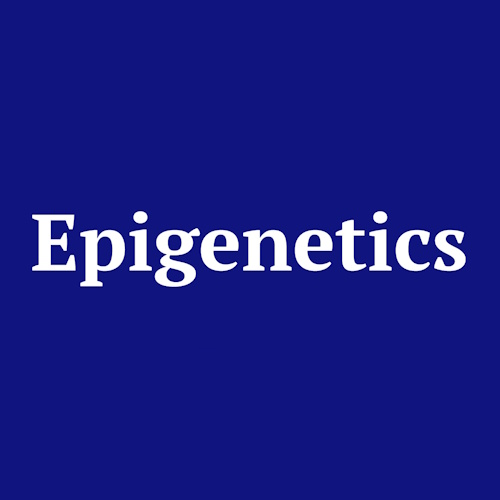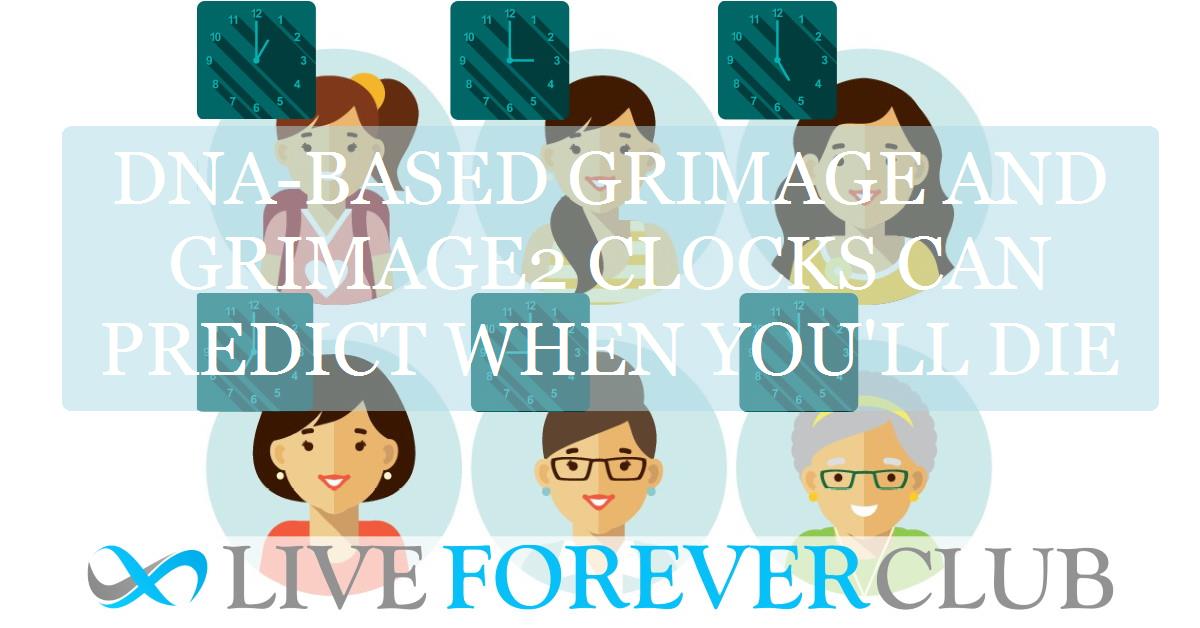In the world of ageing research, few tools have sparked as much excitement as epigenetic clocks. These clocks do not just measure time — they measure wear. They use molecular clues in your DNA to estimate how fast your body is ageing, and potentially, how close you are to death.
Among these tools, GrimAge and its updated sibling GrimAge2 are now proving themselves as the best predictors of mortality. A new study by Zhu et al. (2025), based on data from nearly 2,000 Americans, has confirmed what some scientists suspected: these clocks may be the closest thing we have to a molecular crystal ball.
Let’s explore what the study found, why it matters, and how it could transform health prediction.
What Is an Epigenetic Clock?
Your DNA does not change much with age. But how your body reads and uses that DNA does. One major form of regulation is DNA methylation — chemical tags that control gene expression.
Epigenetic clocks analyze methylation patterns to estimate your "biological age." If your biological age is higher than your actual age, you may be ageing faster. This gap is called "Age Acceleration" (AA). AAs have been linked to disease risk and mortality.
Some clocks, like Horvath’s or Hannum’s, are trained to match your real age. Others, like GrimAge, are designed to predict future health or lifespan. This study focused on how well different clocks — especially GrimAge and GrimAge2 — predict death from any cause, cancer, or heart disease.
Inside the Study
Data and Participants
Researchers used data from the National Health and Nutrition Examination Survey (NHANES), specifically from 1999–2002. This U.S. government dataset includes health, lifestyle, and mortality data.
From over 21,000 adults, only 1,942 had both DNA methylation data and full health records. Their median age was 65. About half were women. Over a follow-up period of 17 years, 51% died, including 10.5% from cancer and 13.5% from cardiac causes.
Key Findings: GrimAge Clocks Stand Out
1. Strongest Links to Mortality
Of the 11 clocks tested, only GrimAge and GrimAge2 showed clear, linear relationships with mortality. That means the higher your AA, the higher your risk of dying — no matter what the cause.
For every one-unit increase in GrimAge AA, the risk of death increased by:
7% for all causes
9% for heart-related deaths
9% for cancer deaths
GrimAge2 showed nearly identical results. These patterns held true across most subgroups: men, women, people with diabetes, smokers, and those with different income or education levels.
2. Better Model Fit
GrimAge2 had slightly lower AIC values and higher C-index scores than GrimAge. These statistical tools measure model fit and predictive power. The difference was small but consistent.
This suggests that GrimAge2, while not drastically better, may be a more precise tool for estimating death risk.
Visual Patterns: A Closer Look at the Curves
The study used restricted cubic splines to visualize risk across the full range of AA values. The graphs on pages 6–7 show this clearly:
GrimAge and GrimAge2 had straight, upward-sloping curves. That’s ideal for prediction.
Clocks like WeidnerAge and SkinBloodAge had U-shaped curves — a sign of poor reliability.
ZhangAge produced jagged patterns, rising and falling unexpectedly.
Only GrimAge and GrimAge2 provided smooth, interpretable risk patterns across the board.
Why Are These Two Clocks Better?
Design Matters
GrimAge and GrimAge2 are different from traditional clocks. They do not aim to estimate your birthday. Instead, they are trained to predict your "time to death" using real-world outcomes.
GrimAge uses methylation surrogates for smoking history and plasma proteins linked to ageing. GrimAge2 adds predictors for CRP (inflammation marker) and HbA1c (blood sugar control). These additions may explain its slightly better performance.
Simpler Sample Requirements
Both clocks use blood samples, not multiple tissue types. That makes them easier to apply in large population studies or clinical settings.
How They Compare to Other Clocks
Horvath and Hannum
These two clocks are good at estimating chronological age. But their links to death are weaker and often nonlinear. HorvathAge had an inverse L-shaped curve — flat for low AAs, rising only at high AAs.
PhenoAge and DunedinPoAm
PhenoAge showed moderate predictive power but with some curve bending. DunedinPoAm had a flat association with cancer and a non-linear one with cardiac deaths.
ZhangAge, LinAge, and WeidnerAge
These showed inconsistent or biologically implausible patterns — such as risk rising at both ends of the AA spectrum. Such results weaken their reliability.
Study Strengths
Robust dataset: NHANES is well-respected and long-term.
Wide subgroup testing: The researchers analyzed by age, sex, BMI, income, and more.
Visual and statistical modeling: Combining curves and hazard ratios added confidence.
Sensitivity checks: Results stayed strong even after excluding very old participants or adjusting weights.
Study Limitations
The study has some important caveats:
All participants were over 50. Findings may not apply to younger people.
DNA methylation was measured once, not tracked over time.
Some methylation sites required imputation due to missing data.
Death causes may be misclassified in national records.
Other ageing outcomes — like cognitive decline or disability — were not studied.
What It Means for Health and Longevity
This study reinforces that ageing is not just about counting birthdays. Biological ageing, especially as measured by GrimAge AA, is more closely tied to real-life outcomes.
If used wisely, these tools could help:
Identify people at high risk of disease before symptoms appear.
Track the effects of lifestyle changes or anti-ageing treatments.
Serve as surrogate endpoints in longevity studies.
Imagine a future where your health check includes a GrimAge score — just like cholesterol or blood pressure today.
What’s Next?
Researchers now want to:
Test GrimAge2 in younger populations.
Study links to other ageing markers like frailty or cognition.
Refine multi-tissue clocks to capture organ-specific ageing.
Use these tools in clinical trials to test anti-ageing drugs.
Validation in other countries is also needed. Ageing does not affect everyone equally. Genetics, lifestyle, and social factors all play a role.
Final Thoughts
GrimAge and GrimAge2 are not perfect. But they offer the strongest and most consistent clues yet for predicting when and how people may die. By embracing these tools, science is inching closer to understanding — and perhaps even slowing — the ageing process.
As the authors put it, a good epigenetic clock should do one thing well: predict death. In that sense, GrimAge and GrimAge2 might just be the real grim reapers of science — not to bring death, but to help us outsmart it.
The study is published in the journal Epigenetics. It was led by researchers from the Guangdong Medical University.






